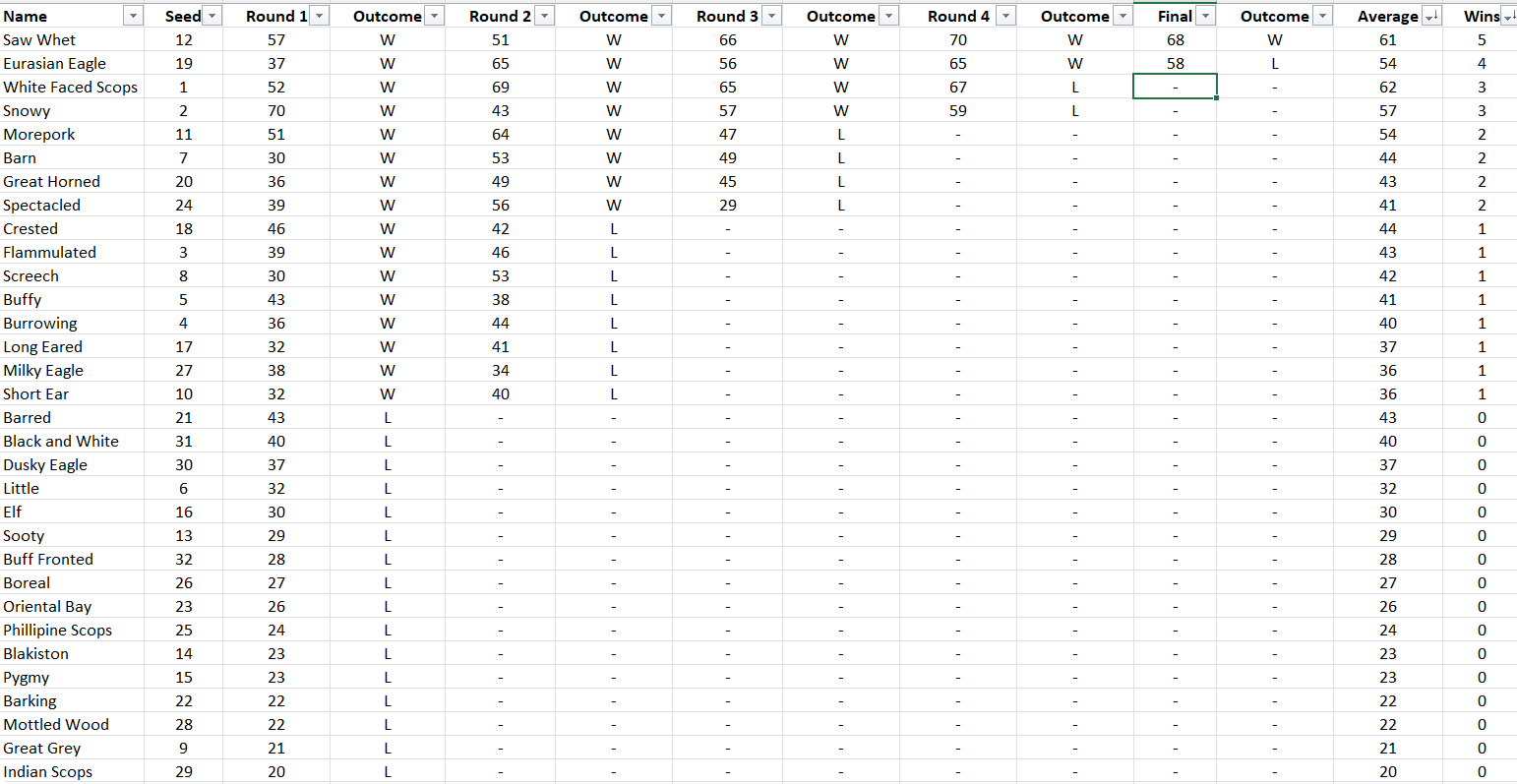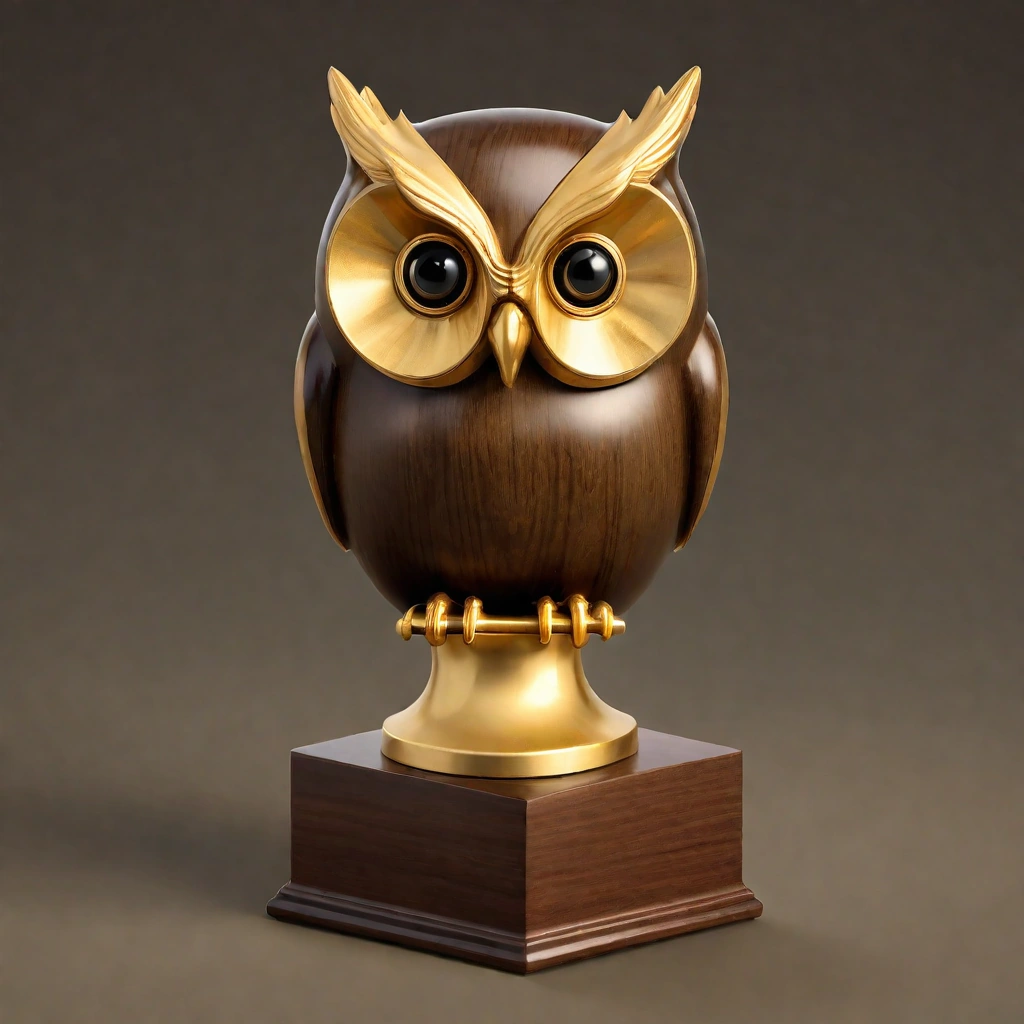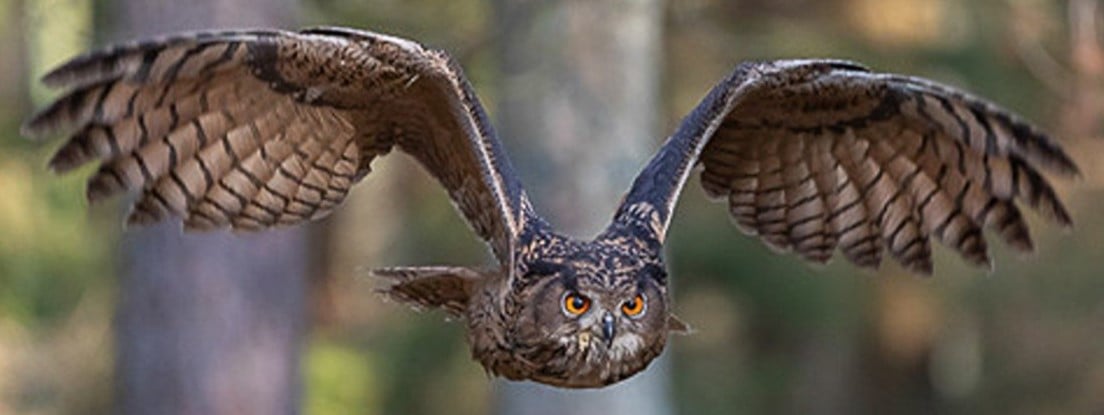On the Umatilla Chemical Depot in Eastern Oregon, old juice barrels serve as homes for tiny burrowing owls. The former apple, peach and strawberry barrels have been refashioned and buried to create man-made nests and caverns for the birds.
Late every spring, scientists peek inside to gauge the age and welfare of the burrowing owl chicks.
Sometimes, they’re met with what sounds like a hissing rattlesnake.
It’s a defense mechanism, said Janet Johnson, the Natural Resources Program Manager for the Oregon Military Department. The department works on the burrowing owl project with the Confederated Tribes of the Umatilla Indian Reservation.
“Their best defense? Just sound like something that’s going to bite,” Johnson said. “They’ve evolved over time.”
The noise is designed to scare predators like coyotes and badgers. Sometimes, Johnson said, it also gets scientists.
“If they hit that sound right away, I still jump,” she said. “I know it’s not a rattlesnake, but it’s a natural human reaction to just be like, ‘Oh!’”
The researchers are earning hisses today because they’re planning to clamp bands on baby owl’s legs.
“There’s this really small window where they’re large enough that the band’s not going slip over their foot as they’re still growing, but they’re young enough that they can’t fly away when we get here,” said Solai Le Fay, a graduate student at Boise State University, who is also heading up the fieldwork this summer.
The young owls’ legs won’t get much bigger, so these bands will stay in place and not get tight. The numbers on the bands will stick with them for the rest of their lives. That allows scientists to keep track of them — and their ancestry.
“We’ll know exactly who they are, where they came from, who they’re related to,” Le Fay said.

Solai Le Fay reaches into the owls’ man-made burrows to collect baby owls for banding.
The numbers are a low-tech way to track the birds, like when they fly elsewhere for the winter. Many of these owls will head to California, Johnson said.
“On the wintering grounds, if we captured this baby down there, we would know. Without the radio transmitter, we would be able to tell that bird was wintering wherever it was caught again,” Johnson said.
To get the baby owls, Le Fay reaches her hand into the man-made burrow. She gently pulls each owl out, as their siblings hiss, and places them into a black bucket for holding.
“I just got five,” she said, noting the number of owlettes in the burrows compared to previous counts done at each site.
“Last year we had much larger clutches,” she said. “We were banding nests of like six-plus (owlettes). I think the most was 11 chicks in one nest. Usually we see a lot of chicks when they’re little and then they slowly drop off throughout the season.”
Le Fay gently cradled each 23-day-old bird in her left hand as she got ready to place a band on its left leg.
They place the bands on the young owls’ left legs so that they know it was born at the Depot. If they find an unbanded adult, they place a band on its right leg.
The process starts with putting the tiny, metal band into a tool that helps open and close the band — kind of a special set of pliers. The seam must be lined up and even, so that scientists can read the numbers when the owl is standing.
Later, Le Fay coached this reporter through banding an owlette.
“ You don’t want them kicking around as you’re closing the band on the legs,” she said. “So with your ring and pinky finger, you can hold this leg down and kind of grab the joint to keep it still. Then slip (the band) onto the leg and slowly clamp it down.”
And voila.
In Le Fay’s expert hands, the process looked easy. But as a newbie bander, it was a little nerve-wracking.
Le Fay provided calm guidance, instructing how to twist and give an extra little squeeze to ensure the band held.
“Seems perfectly closed. It won’t get snagged on anything. It won’t come off,” Le Fay said.
The researchers weighed each young owl. This particular bird weighed 142 grams — that’s about five ounces, or roughly the weight of a baseball.
Volunteers got to hold the owlettes and release them back into their homes — these burrows are located on land owned by the Confederated Tribes of the Umatilla Indian Reservation.
It was 11-year-old Gabby Chase’s first time even seeing an owl up close. She giggled and petted the owl’s tiny head.
“ I thought it was pretty weird because I’ve never held an owl or seen an owl,” she said. “It felt like I’m holding, like, a little baby. It’s just all fuzzy, like a little cat. It kind of felt like that.”

Judy Johnson, left, helps 11-year-old Gabby Chase hold a baby burrowing owl on property managed by the Confederated Tribes of the Umatilla Indian Reservation. Volunteers helped researchers band the baby owls so that the birds can be tracked throughout their lifetimes.
These tiny owls will help continue the 17-year recovery efforts.
Burrowing owls on the Umatilla Chemical Depot are doing so well, researchers around the world study them. Scientists are learning about any topic you can dream up, from the sounds they make, to the routes they fly,” Johnson said.
“The amount of information that comes out of this colony is unprecedented. It’s amazing,” Johnson said.
“It has contributed to nine different topics of discovery for the whole species.
“So it’s pretty incredible.”


































